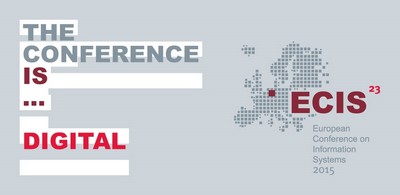DOI
10.18151/7217507
Abstract
Product ratings have become an integral element of online businesses especially for experience goods, yet seem to be prone to biases that shift most of the distribution towards the extreme points of the scales. Response biases due to inherent traits (such as acquiescence or extreme response style) are widely investigated in survey design and marketing research, yet little is known about how the rating scale variations in user generated product evaluations influence their formation. More precisely, in an experimental study in the context of movie ratings, I show that the use of emotional labels attracts us-ers to the endpoints of the rating scale but their responses are less susceptible to extreme response tendency when the size of the rating scale is increased. Also, simply priming the midpoint of the scale reduces extreme responses, though this effect is attenuated when emotional labels are used. Such ef-fects remain consistent when I account for response styles, cultural dimensions and individual charac-teristics. The broad use of product ratings in generating personalized recommendations and predict-ing market performance necessitates a discussion on how to better account for potential distortions in these ratings due to variations in the rating scale.
Recommended Citation
Tsekouras, Dimitrios, "Variations On A Rating Scale: The Effect On Extreme Response Tendency In Product Ratings" (2015). ECIS 2015 Completed Research Papers. Paper 186.
ISBN 978-3-00-050284-2
https://aisel.aisnet.org/ecis2015_cr/186


